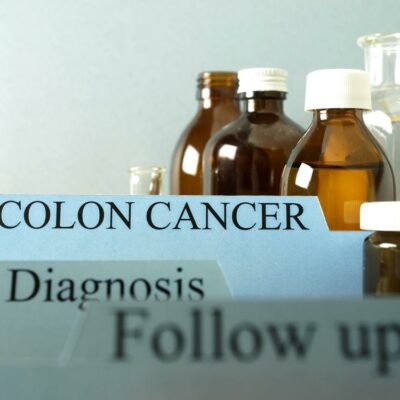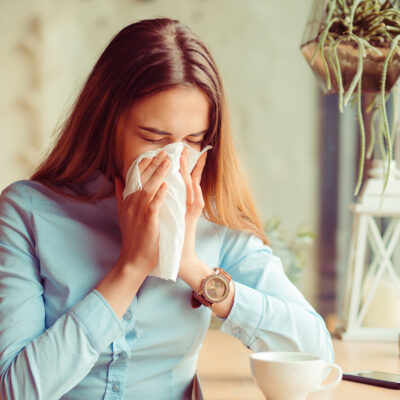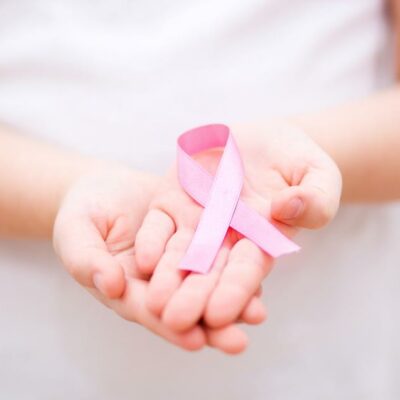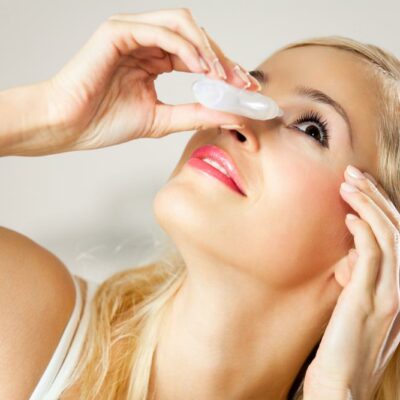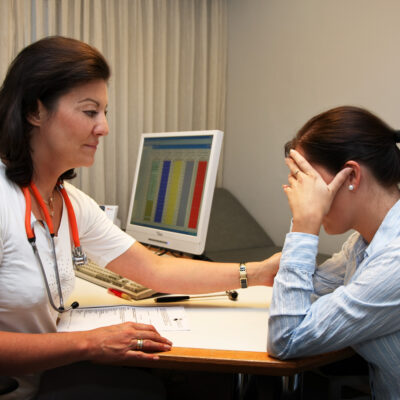
Health
Deciding the Correct Treatments for Breast Cancer
Breast cancer is one of the most common types of cancer found all over the world. It is the second leading cause of cancer death among women, after lung cancer. It starts with a lump in the breast, a change in the breast shape, dimpling of the skin or fluid discharge from the nipple. Sometimes, you might experience a newly-inverted nipple or a red or scaly patch of skin. There are infallible treatments for breast cancer today, and mostly, the patient survives it with very few side effects. Let’s look at the most effective treatments for breast cancer available these days. Whichever treatment is chosen for curing breast cancer, the main aim is to rid the body of as much cancer as possible and to prevent it from returning. 1. Which treatment to choose? Before going in for any particular treatment of cancer, a doctor will consider the following: The type of breast cancer The size of the tumor and how far it has spread in the body (stage of the disease) If the tumor has receptors for HER2 protein, estrogen, and progesterone, or other specific features Age, menopause, and other health conditions 2. Types of treatments for breast cancer Some treatments for breast cancer destroy and remove the disease within the breast and nearby tissues such as the lymph nodes while others destroy or control cancer cells all over the body.
Read More 